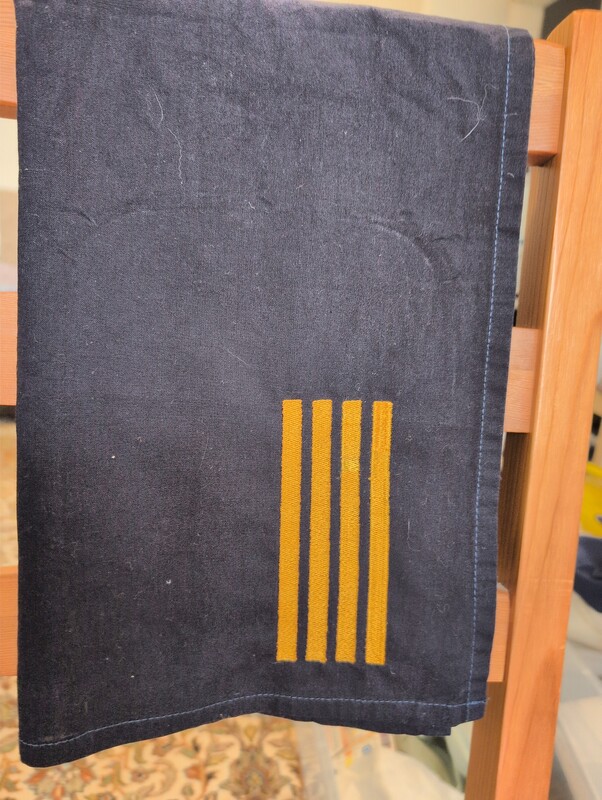Using CSS to add a feature
Yesterday I made a change to my toys, the note taking app that was mostly CSS but still added a lot of functionality.
A note should open when clicking on it, but links within the note should be clickable from the general outside view too. Achieving this was weirdly enough done by using the z-index property of the "inner" links that should be clickable and not open the note itself. Raising these inner links "over" the outer link leading to the single note view was something I had not considered at all when thinking about the problem.
I guess this falls under "interesting how versatile a UI toolkit CSS is", and also, "interesting how overengineered the browser as a UI toolkit is"


 A second kitchen towel as a gift
A second kitchen towel as a gift A T-shirt with a slogan
A T-shirt with a slogan A stitched kitchen towel for a pilot on the up and up
A stitched kitchen towel for a pilot on the up and up